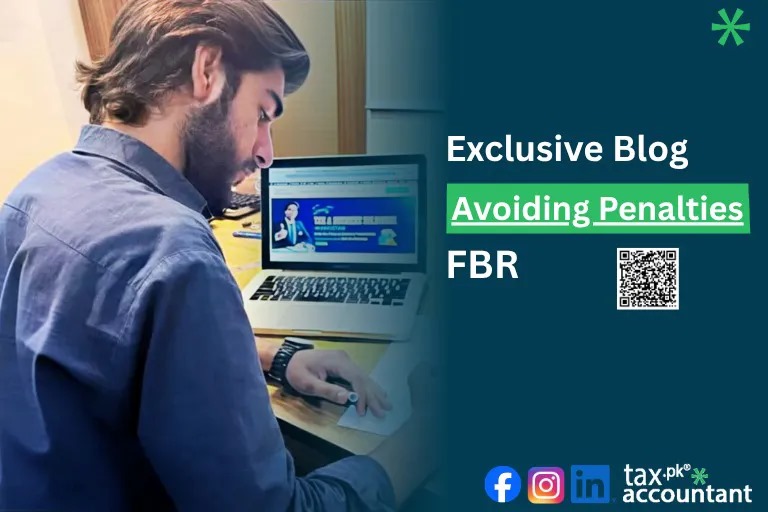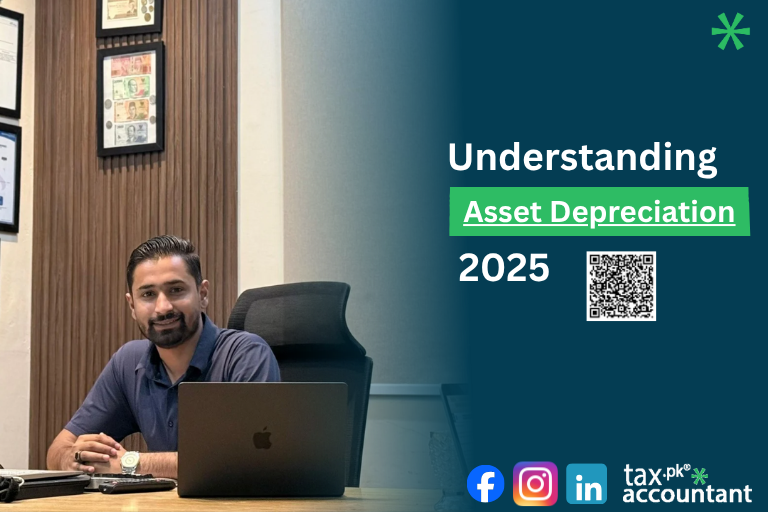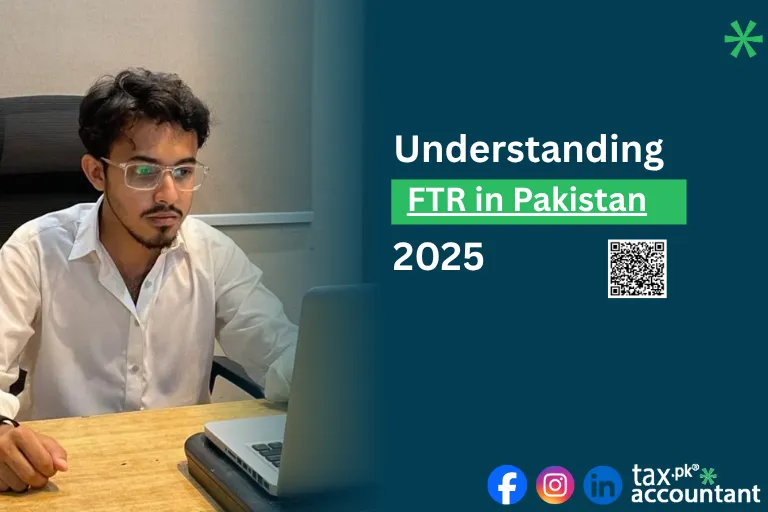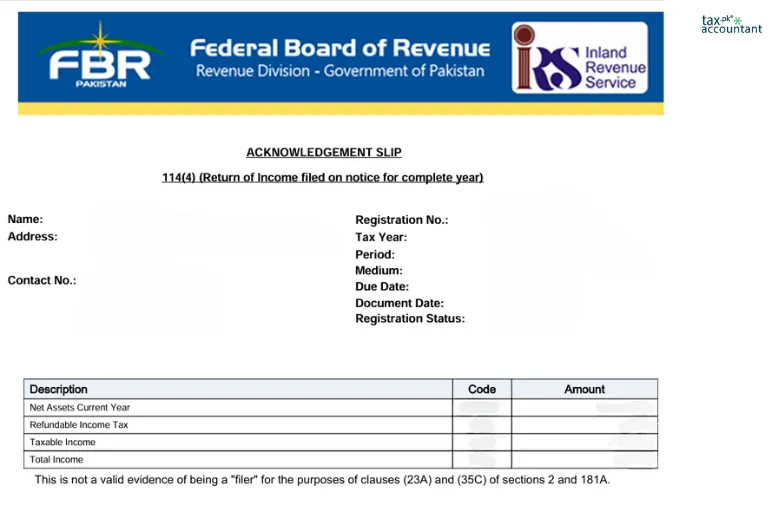Form 26 is a statutory form mandated by the Securities and Exchange Commission of Pakistan (SECP) for companies that have passed a special resolution.
This form serves as a formal notification to the registrar regarding the details of the resolution, ensuring compliance with the Companies Act of 2017.
Understanding Form 26 is crucial for company directors and secretaries, as it plays a significant role in corporate governance and regulatory compliance.
Understanding Special Resolutions
Definition and Importance
A special resolution is defined under the Companies Act, 2017, as a resolution that requires approval from at least three-fourths of the members present at a general meeting. This type of resolution is necessary for significant corporate actions such as:
- Alteration of the Memorandum of Association
- Changes in company objects
- Mergers and acquisitions
- Any other major changes requiring member approval
The requirement for a special resolution ensures that significant decisions are made with broad consensus among shareholders, thus promoting transparency and accountability in corporate governance.
Filing Requirements
Once a special resolution is passed, it must be filed with the SECP using Form 26 within fifteen days. This filing must be authenticated by either a director or the secretary of the company. Failure to comply can result in penalties, emphasizing the importance of timely submission.
Structure and Content of Form 26
Key Components
Form 26 includes several essential components that must be accurately filled out:
- Company Details: Name, registration number, and address.
- Resolution Details: The exact wording of the special resolution passed.
- Date of Passing: When the resolution was approved.
- Authentication: Signature of the director or secretary.
The form acts as an official record of the decision made by the company’s members, which can be referred to in future corporate actions or disputes.
Supporting Documents
Alongside Form 26, several supporting documents must be submitted:
- A copy of the special resolution
- Minutes from the meeting where the resolution was passed
- Existing and amended Memorandum of Association
- Comparative statements showing existing provisions versus proposed changes
- Any necessary No Objection Certificates (NOCs) from creditors or regulatory authorities
These documents provide context and justification for the changes being made, ensuring that all stakeholders are informed and that due diligence has been observed.
Submission Process for Form 26
Modes of Submission
Form 26 can be submitted through two primary modes:
- Offline Submission: Physical submission at designated SECP offices.
- Online Submission: Through SECP’s eServices portal, which allows for easier tracking and management.
Both methods require adherence to specific guidelines regarding document formatting and submission timelines.
Step-by-Step Guide to Filing
- Prepare Required Documents: Gather all necessary documents mentioned above.
- Fill Out Form 26: Ensure all fields are accurately completed.
- Choose Submission Method:
- For offline submission, print and sign the form.
- For online submission, log into your SECP account and upload documents as instructed.
- Pay Filing Fee: A prescribed fee must be paid either through designated banks or online payment options.
- Receive Confirmation: After submission, ensure you receive confirmation from SECP regarding your filing.
Following these steps diligently will help avoid any penalties or complications associated with late or incorrect submissions.
Common Challenges in Filing Form 26
Potential Issues
Filing Form 26 can come with challenges that companies should be aware of:
- Incomplete Documentation: Missing documents can lead to rejection or delays.
- Errors in Form Completion: Incorrectly filled forms may necessitate resubmission.
- Timeliness: Failing to file within fifteen days can result in penalties.
Companies should implement internal checks to ensure that all documentation is complete and accurate before submission.
Best Practices
To mitigate these challenges, companies can adopt several best practices:
- Conduct regular training sessions for directors and secretaries on compliance requirements.
- Establish a checklist for all required documents before filing.
- Utilize digital tools for document management to streamline the filing process.
By following these practices, companies can enhance their compliance with SECP regulations and avoid common pitfalls associated with filing Form 26.
Form 26 is a critical component of corporate governance in Pakistan, serving as a formal mechanism for notifying the SECP about special resolutions passed by companies. Understanding its requirements, structure, and submission process is essential for compliance with the Companies Act, 2017.
What documents are required to be attached with Form 26?
When filing Form 26 with the Securities and Exchange Commission of Pakistan (SECP), several key documents must be attached to ensure compliance with the Companies Act of 2017.
These documents provide necessary context and justification for the special resolution being reported. Below is a comprehensive list of the required attachments:
Required Documents for Form 26
- Justification/Reasons for the Proposed Alteration: A detailed explanation of why the alteration is necessary.
- Copy of Special Resolution: The actual text of the special resolution that was passed by the company.
- Copy of Minutes of Meeting: Documentation from the meeting where the resolution was discussed and approved.
- Copy of Existing Memorandum of Association: The current version of the Memorandum before any changes are made.
- Comparative Statement: A document showing existing provisions alongside the proposed alterations, highlighting differences.
- Amended Memorandum and Articles of Association: The revised versions reflecting any changes made as a result of the special resolution.
- Pattern of Holding of Shares on Prescribed Form 34: This form outlines how shares are distributed among shareholders.
- Copy(ies) of No Objection Certificates (NOCs): NOCs from creditors, if applicable, confirming they have no objections to the proposed changes.
- NOC from Regulatory Authority: Required if the company operates in a regulated sector or if specific approvals are needed for alterations.
- Objections from Dissenting Shareholders/Creditors: Any objections raised by shareholders or creditors who disagree with the proposed changes.
- Names and Addresses of Interested Parties: A list of individuals or entities likely to be affected by the proposed amendments.
- Latest Balance Sheet: A copy of the most recent audited balance sheet to provide financial context.
- Authority Letter in Favor of Consultant: If a consultant is involved in the process, an authority letter must be included.
- Affidavit from Chief Executive or Secretary: A declaration affirming that all information provided is accurate and in compliance with legal requirements.
- Clippings from Newspapers (if applicable): For listed companies, clippings from Urdu and English newspapers announcing the changes may also be required.
- Original Paid Bank Challan: Proof of payment for application fees, which varies based on submission method (online or physical).
These documents collectively ensure that SECP has all necessary information to process Form 26 efficiently and effectively, maintaining regulatory compliance while promoting transparency within corporate governance practices.
What happens if the required documents are not attached with Form 26?
If the required documents are not attached with Form 26 when filing with the Securities and Exchange Commission of Pakistan (SECP), several consequences may arise, impacting both the filing process and the company’s compliance status.
Consequences of Missing Documents
- Rejection of Filing: The SECP may reject the submission of Form 26 if it is incomplete or lacks the necessary supporting documents. This means that the company will need to refile, causing delays in the approval of the special resolution.
- Penalties and Fines: Failure to attach required documents can lead to penalties imposed by the registrar. These penalties can vary based on the nature and extent of non-compliance, potentially including late fees for delayed filings.
- Legal Implications: Incomplete documentation can expose the company to legal challenges. If stakeholders or dissenting shareholders feel that their rights are not being adequately represented due to improper filings, they may pursue legal action against the company.
- Impact on Corporate Governance: Not adhering to proper filing procedures can undermine corporate governance practices within the company. It may lead to a loss of trust among shareholders and stakeholders, affecting future business operations and decisions.
- Extended Processing Time: Missing documents will likely result in extended processing times as the company will need to correct its submission and resubmit Form 26 along with all required documentation, further delaying compliance with regulatory requirements.
- Nullification of Resolutions: If a special resolution is not properly documented and filed, there is a risk that it may be considered null and void, which could have significant implications for any decisions made based on that resolution.
Best Practices to Avoid Issues
To prevent complications related to missing documents when filing Form 26, companies should adopt several best practices:
- Checklists: Maintain a checklist of all required documents before submission to ensure completeness.
- Internal Reviews: Implement internal review processes where multiple stakeholders verify documentation accuracy.
- Timely Preparation: Start preparing documents well in advance of the filing deadline to avoid last-minute issues.
- Consultation with Legal Advisors: Engage legal or compliance advisors to review submissions for adherence to regulatory requirements.
By following these practices, companies can enhance their compliance with SECP regulations and minimize risks associated with incomplete filings.














